Prokhorovka (Kursk)
In early 1943, the Germans suffered a heavy defeat at Stalingrad, which in many ways has symbolized the turning point of the Second World War. The defeat did not mean that the Germans had lost the military initiative, but they could not dictate the course of the war the way they did before Stalingrad. The Russians, on the other hand, had gained initiative and advanced westward, and in February 1943 the city of Kharkov had been recaptured. But the Soviet Red Army was far from fully organized and the supply lines were stretched. The Germans were skilled enough to exploit this and by March 1943 the German field marshal von Manstein recaptured Kharkov.
In connection with Manstein’s counter-offensive against Kharkov, a large bulge had formed in the Soviet lines in and around the city of Kursk. Hitler considered that there was an opportunity to crush two Soviet army groups, the Central front and the Voronesh front who defended the bulge. In order to gather the greatest possible military force, Hitler chose to wait for the attack until a later date. This because he wanted to wait for a large number of tanks of the model Tiger and Panther. The disadvantage of this wait was that the Red Army became aware of the coming offensive which gave them the opportunity to recove after the winter/spring battles and that they could prepare a line of defense. When Hitler informed his generals about the coming offensive, they were not at all enthusiastic. Especially that it was planned as late as July 1943 which gave the Red Army plenty of time to prepare.
The German attack on the Soviet armoured forces around Kursk was named operation Citadel and began with full force on 5 July 1943. The aim was to break the Soviet defense line through a pincer manoeuvre. The Germans attacked both from north and south of the bulge and were able to tentatively advance forward in the initial days. Violent and bitter tank battles were fought and even if the Germans knocked out more soviet tanks than they themselves lost, the Red Army could replace them to a much greater extent than the Germans could replace their losses. The Germans were therefore not able to get the initiative on the battle field and battle ranged back an forward.
But on July 11, 1943, the german 2nd SS armored corps, with the notorious divisions Leibstandarte Adolf Hitler, Das Reich and Totenkopf, advanced to the railroad junction Prokhorovka about fifty kilometres north of Belgorod. The Germans had the ambition from there to try to break through the Soviet lines in order to make a breakthrough. But the Red army was prepared and on July 12, about 1,000 tanks fought a fierce battle at Prokhorovka, which lasted 36 hours. This battle is the greatest armor battle of all time, and although the Germans knocked out more Soviet tanks than they themselves lost, Hitler ordered a retreat.
On July 10, British and American forces landed on Sicily and Hitler suspected (correctly) that a landing on the Italian mainland was to be expected later on. Hitler made the assessment that the consequences of the upcoming events in Italy were much more serious than the events surrounding Kursk and therefore chose to prioritize the Italian front. The German forces began delaying the fighting and slowly withdrew to their original positions as they had on 5 July when the attack began. The fears of the German generals were thus realised that valuable men and valuable equipment had been lost to no avail.
Even if the Allied landing in Sicily had not taken place, it is unlikely that the Germans in a longer perspective would have achieved the goals they had with Citadel. The Red army had the ability to replace men and lost material to a much greater extent than the Germans could and this had in the long run become decisive.
Current status: Museums/monuments (2018).
Location: 51° 02' 34.83" N 36° 44' 59.51" E (prokhorovka museum).
Get there: Car.
Follow up in books: Clark, Lloyd: Kursk: The Greatest Battle (2012).
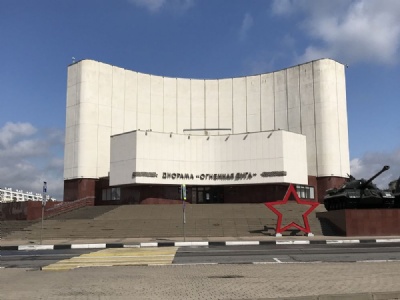
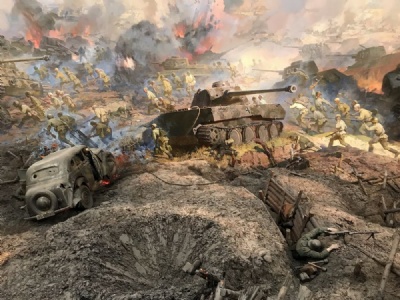
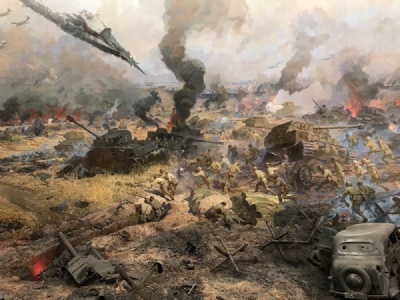
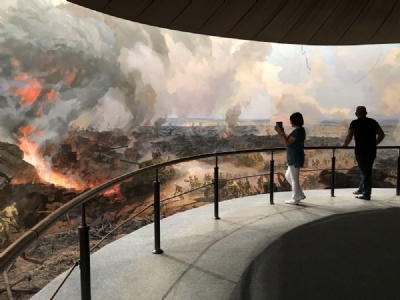
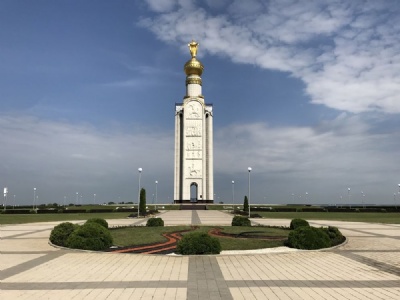

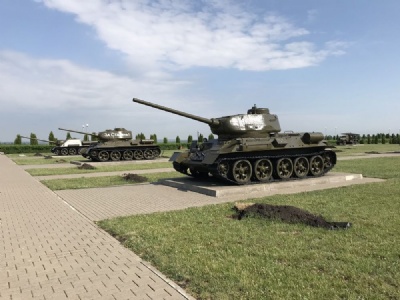
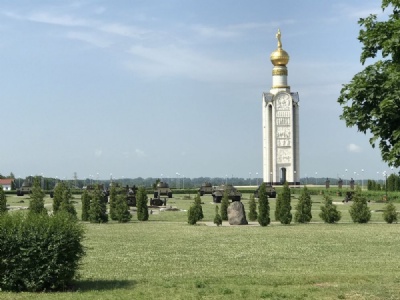
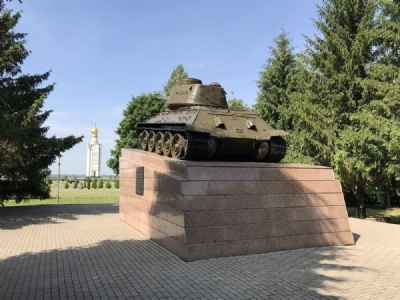
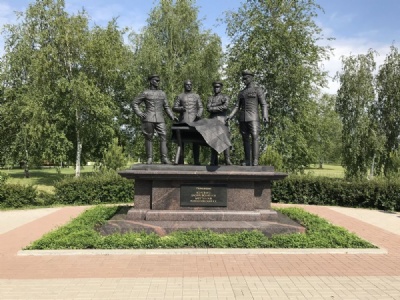

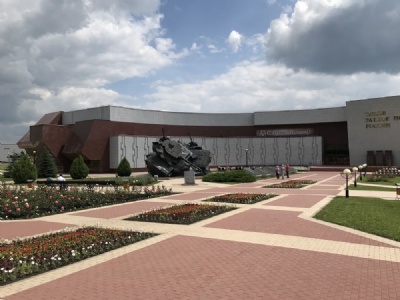
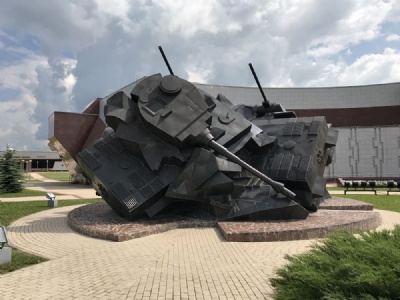

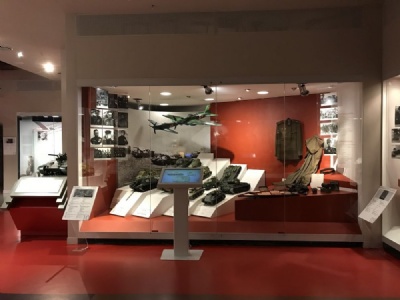

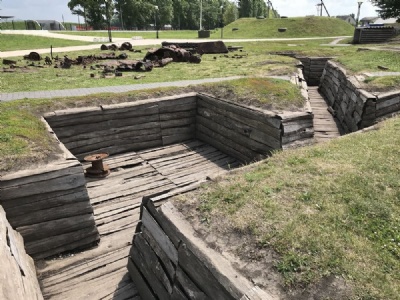
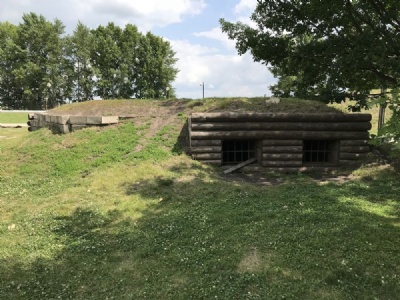
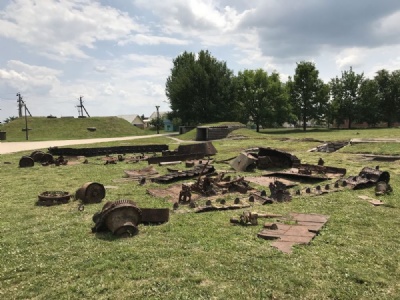
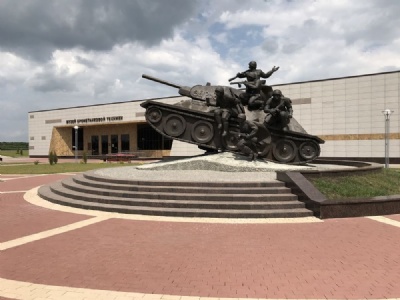
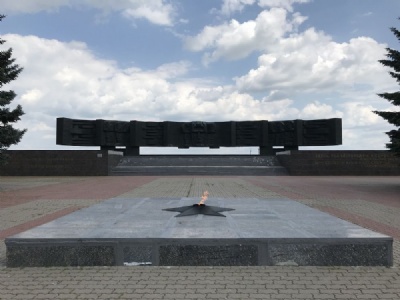
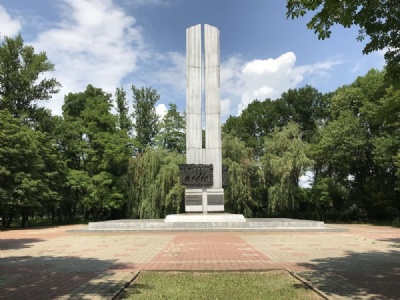
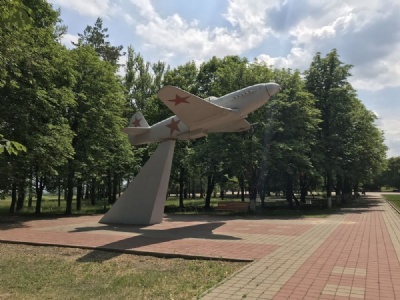
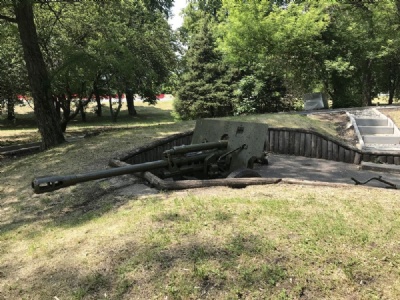
The Battle for Kursk spans over a large geographical area and there are monuments, museums, bunkers and other things with direct or indirect links to the battle. For those who are interested in taking on the whole battle, you probably need to set aside several days. If you are not comfortable with the Russian language you will probably need both a driver and an interpreter. But for those who are content to set aside a day or two, Belgorod is a good starting point. The easiest way is to rent a taxi, costs about a 50 Euro for half a day. But prepare yourself with both maps and addresses of what you want to see because the taxi drivers only speak Russian and do not necessarily know the area.
In central Belgorod there is a large diorama museum depicting the battle. It is to my knowledge the world’s largest diorama museum and should not be missed if you are in the vicinity. Outside the museum there is a park with various monuments and military vehicles.
Just outside Prokhorovka, where the armored battle took place, there is an impressive and well-maintained memorial park with various Soviet military vehicles, cannons and statues neatly set up. The centre piece of the park is a giant bell tower that rises majestically over the place and is visible from distance. About thirty kilometres southwest of Prokhorovka, at Yakovlevo, there is another memorial park with museums, monuments and reconstructed trenches.
Two kilometers north of Prokhorovka there is a preserved Soviet command bunker. It is locked, but the exterior can be visited. In Prokhorovka itself there is a modern, air-conditioned and interesting museum which, surprisingly, is also in English. The Museum has a lot of exhibition items and models that make the museum interessting. An outdoor exhibition shows collected war relics found on the battlefield and there are also some recreated trenches.
Adjacent to the museum is a technical museum focusing on tanks and there is an impressive detailed model of a factory that manufactured the T 34 tank. About five kilometers north of Yakovlevo (about thirty kilometres west of Prokhorovka) there is another memorial park, including a small museum. Well worth a visit as it is located on the road between Belgorod and Prokhorovka.
The museum and memorial park in Prokhorovka was established after the fall of the Soviet Union and does not have the turgidity that the monuments of the communist era were often characterized by. A turgidity that in all it’s absurdity looks impressive in a strange way. But at the same time it makes the individual look rather small and subordinate to the regime that had them built.
Prokhorovka may not be Stalingrad or Normandy, but for the historically interested, it is a significant place well worth visiting. It is there within logistical and economic reach of those who put in a little extra effort, the place is definitely worth it. All in all, Belgorod and Prokhorovka make a positive impression and for those who want to go deeper there is still traces left in nature to discover.